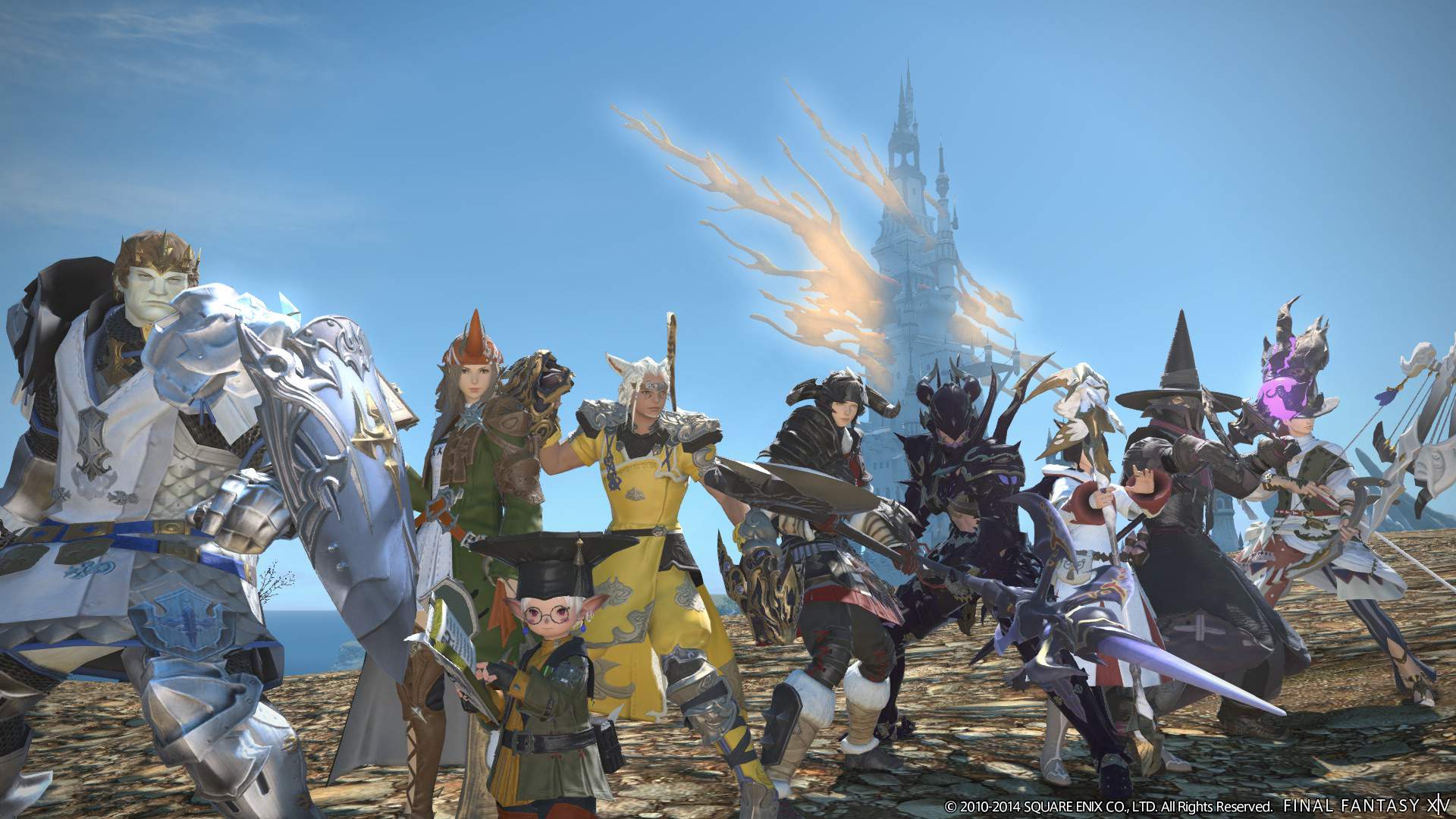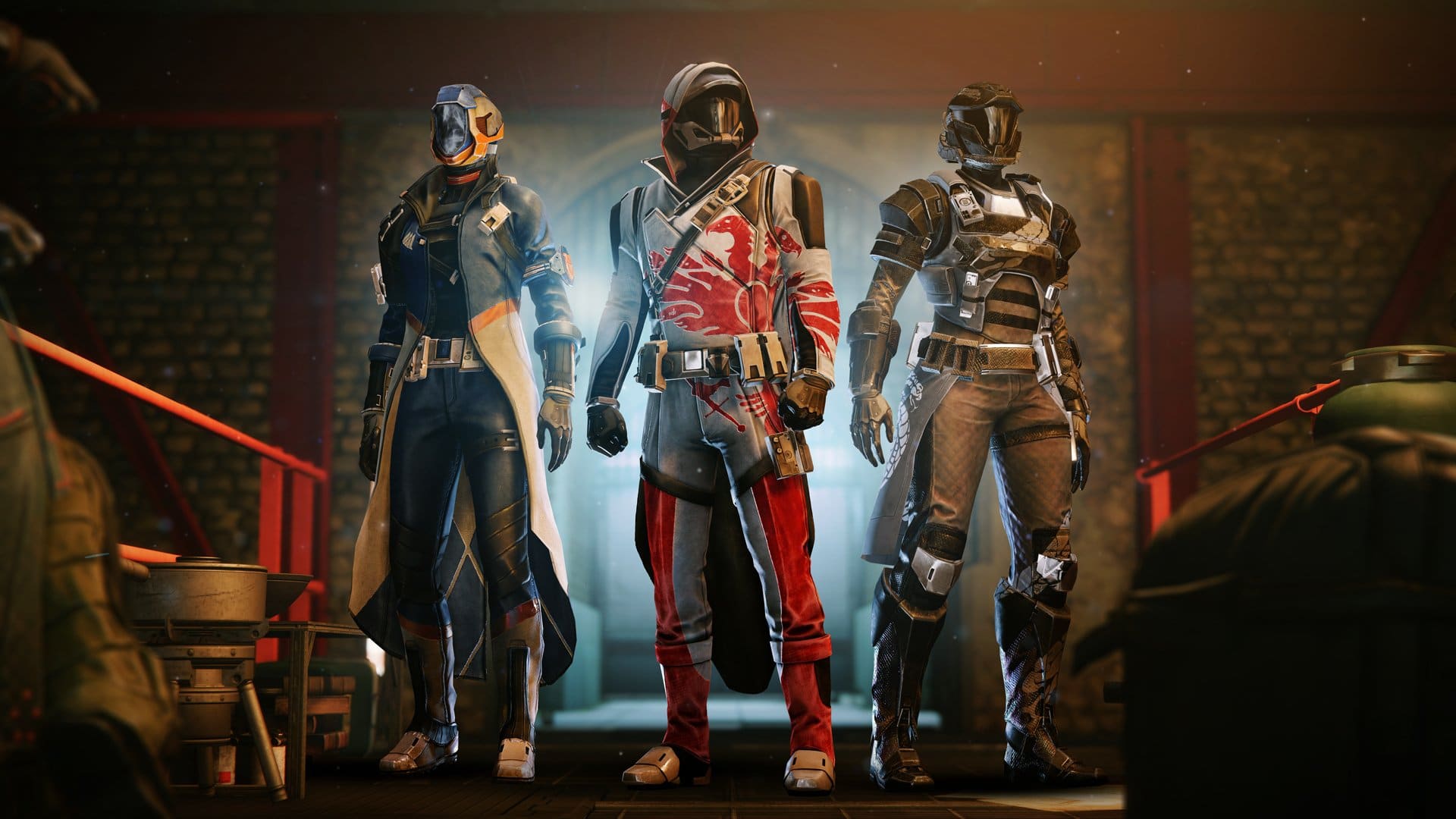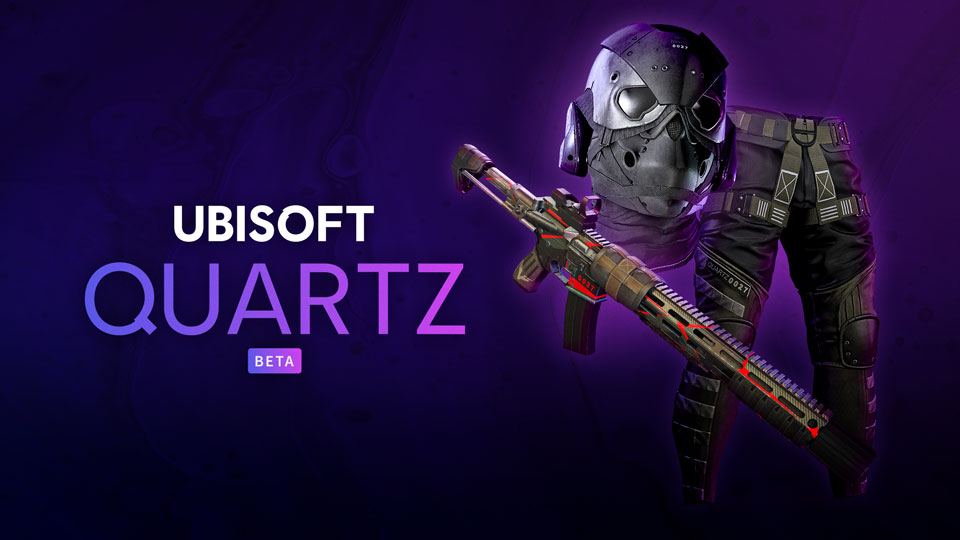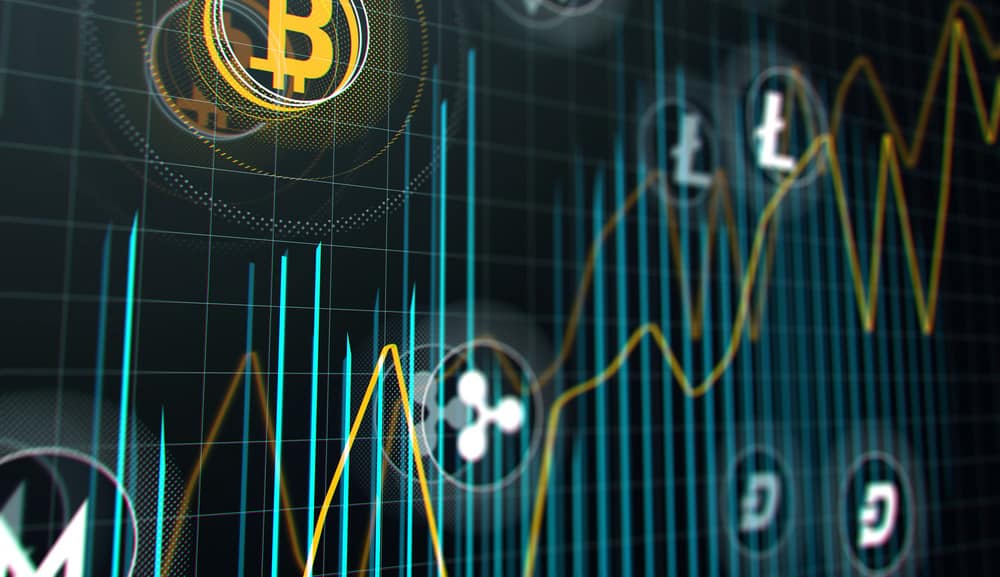Last Updated on
Square Enix, the company behind massive franchises like Final Fantasy, Tomb Raider and Kingdom Hearts, have stated that they don’t intend to implement NFTs in their massive-multiplayer game “at this point”.
Producer Naoki Yoshida in a live stream stated that they’d taken notice of the western audience’s negative reaction to the technology and have no plans currently “based on how Final Fantasy 14 is designed” to begin implementing them.
What are NFTs?

NFTs or Non-Fungible Tokens are blockchain-based pieces of data that can be exchanged in a sale or trade, living inside the wallets that make up a majority of the crypto-space.
NFTs have caught a lot of flak for being the basis of a lot of fraud, scams and their direct impact on the environment via their high usage of electricity and other fuels in the process of getting them into the blockchain, or ‘minting’.
Square’s position on NFTs

Square Enix is currently in a weird state of limbo between the developers like Yoshida, who have now stated in public that they don’t see NFTs coming to the game, whereas the president of the company, Yosuke Matsuda, wrote in a public letter that he sees them becoming a “major trend” and even reiterates that their 2020 plan to focus on “AI, the cloud and blockchain games” has been “aggressively” pursued by their R&D team.
This letter then continues to cover the general hopes of the result of exploring the blockchain via the R&D team, with an extensive few paragraphs dedicated to the “play to earn” concept, which the president explains is going to be part of “self-sustaining game growth” by introducing the concept of tokens from a blockchain into the mix of their upcoming games, but not eliminating the “centralized gaming” – singleplayer and more traditional titles – entirely.
FOMO and gaming
MMOs are filled with general ‘FOMO’ or ‘Fear of Missing Out’ that is built into their design. Games like Destiny 2 frequently remove content or award it via microtransactions, while games in the gacha genre frequently try to find new methods of payment by either introducing a new ‘banner’ for players to invest the various currencies they’ve either earnt or usually, paid for, to try and get certain characters.

Even Square’s ‘centralized games’ and a lot of other companies have created an environment that encourages single-player games to be designed with this constant source of income to be introduced or badger players in multiplayer games to invest in skins and other items that have to be paid for. Notoriously, EA and Disney received such backlash for Star Wars: Battlefront 2 in 2017, that they had to remove all systems related to paid currency for a short time before slowly reintroducing it.
Companies like 2K take heavy flak for creating an economy of not even being able to enjoy the game properly with their sports titles, as top players are usually the ones with more money behind them and EA again, make around a billion dollars every year alone from FIFA Ultimate Team, a mode wherein players by ‘card packs’ and build a team with what they open. Of course, world-renowned players like Cristiano Ronaldo are the top tier in comparison to other players that could be opened.
NFTs in gaming so far
Recently, Ubisoft became one of the first major companies in the business to implement this technology into their game Ghost Recon: Breakpoint, a military shooter with a gear system for your character to be customised with. The NFTs allow for ‘unique’ gear to be used in-game, featuring serial numbers imprinted on them to show off in the game.

Ubisoft’s efforts have publicly failed, as it was reported in December that the company had spent more creating the NFTs than earning from them, with an estimated figure being just $396.
More recently, the last item sold – between two others outside of Ubisoft – on the 19th of Feb 2022 went for 60 Tezos or $197. The current total volume is approximately $876.65.
However, Konami saw success by leveraging the digital scarcity method and producing 14 individual, one-of-a-kind Castlevania themed NFTs, which sold in total for $164, 000.
Digital scarcity vs rarirty
In 2020, Nintendo released the Super Mario 3D Collection, a compilation of three titles that was briefly on sale and has yet to be reintroduced as the suspected three games sold separately, causing a ‘digital scarcity’ in the gaming space for an actively available product.
Digital scarcity is nonsense and to be followed, could cause legitimate bad blood between the consumer and companies. We’ve already seen it with Nintendo’s aforementioned actions. Scarcity in the gaming space isn’t new though, but the unique quality of each NFT and the fact that it is digital rather than a physical object, causes a total breakdown of ownership.
Nintendo is also in the news this week due to the planned shuttering of both 3DS and Wii U online stores, rendering some titles bound to be lost without the advent of piracy aiming to help preserve the digital games. This happened with the DSi and Wii Shops were shuttered a few years ago.
Microtransactions might dominate, but using the gacha game environment to explore how the difference between rarity and scarcity is probably a good idea.
Gacha games will host events wherein you need to acquire a particular character before it either is plunged into the general pool of characters and you have the ‘same chance’ or you get it while the ‘chance’ is higher. It’s gambling, but every player will eventually either acquire or gain the character.
The rarity of it brings value to the business side of the game. It also doesn’t disrupt the ‘experience’. While if it were scarcity, we already have proof that this doesn’t work in that Ubisoft’s in game items have made less than $1000 in total built up value.

Other attempts in digital games like the blockchain title Axie Infinity have accrued over $4 billion dollars in value, but the fundamentals of the game are actively broken. To be a top earning player, you need a top performing team, which in turn requires a large sum of money and if you have it, you’ll also be able to earn a considerable amount of money.
Those stuck at the bottom of the food chain will never have the same experience as those at the top, simply down to their financial status and the possible speculation on digital goods that could capsize at any moment.
The difference between the gacha investment and the crypto investment of something like Axie Infinity, is that instead of things being ‘nerfed’, in 2021, Axie Infinity actually saw a massive crash and people who relied on the game for income, saw their daily earnings wiped.
Naavik, a resource who has delved into Axie Infinity, did research and found not only were players not reinvesting back into the game – cashing out their earnings – but this has caused a knock-on effect of there now being too much supply of its currency – SLP – causing the token to dip to (as of Feb 2022) to a singular cent, down from its 35 cent peak.
In short, not only is there more SLP being generated by the system versus being sunk, but this trend is also slowly accelerating. In other words, the supply of SLP in Axie Infinity’s economic system continues to rise, which naturally pushes its market price down. This points to a SLP imbalance in the game, and if Axie Infinity does nothing, it’s only going to get worse.
Naavik, Nov 12th 2021
Fears for MMOs
While at the moment the only true video game successes out of major companies have been Konami’s art NFTs, the thought of making the act of turning everything into a monetary commodity is a far worse proposition than things that started with the introduction of downloadable content or microtransactions with Elder Scrolls IV: Oblivion’s horse armour, a useless addition for a few bucks.
This FOMO will potentially run rampant. Eventually, it will swallow any design concepts and artistic merit into turning all games into money farms for those who can afford to do so, not for the general public at large. It could very much kill the current video game, as well as introduce a lot more issues with security if the current spate of currencies lost in both the crypto and real-world space around it is anything to consider.
If an MMO were to be released outside the current ‘games’ that circle the blockchain and Web3 circles that relied on the constant need for actual money to be spent to acquire items, it begins to beg the question as to where it ends before it starts to tamper with things needed for progression or worse, limit the player base out of specific content for not owning a digital asset.
There’s also the proven worry that players will no longer see the game as a ‘game’, but a ‘job’, furthering the late-stage capitalist movement to turn everything into a game that is secretly a job. This loop will eventually cause more harm than good.



